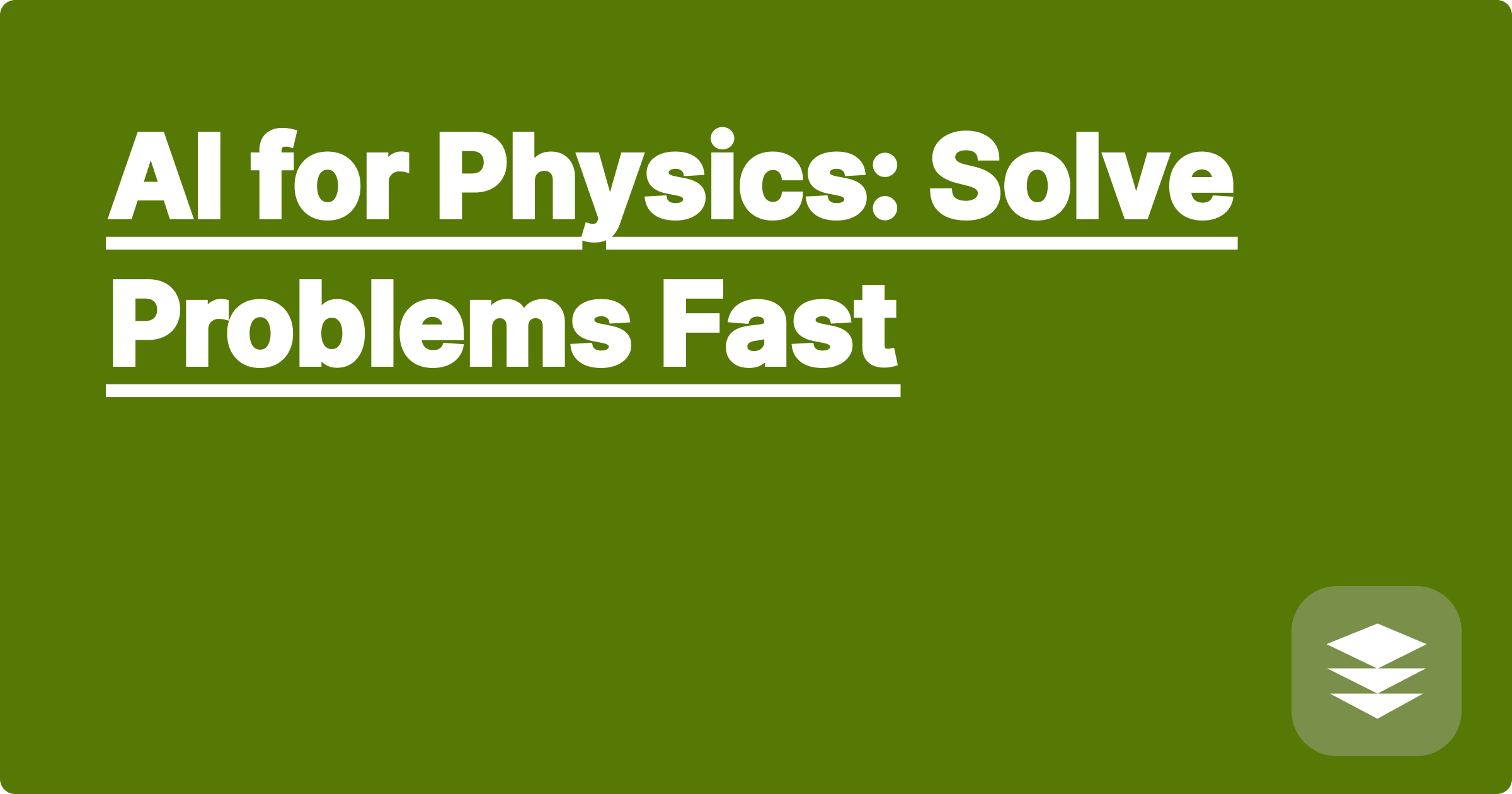
The world of STEM is built upon problem-solving, a process often characterized by long hours, complex calculations, and the occasional frustrating roadblock. For students and researchers alike, navigating the intricate landscape of scientific inquiry can feel like scaling a mountain. However, a powerful new ally has emerged in the form of Artificial Intelligence (AI), offering the potential to significantly streamline and enhance the problem-solving process. AI isn't just about automating tasks; it's about empowering STEM minds to tackle challenges more efficiently, delve deeper into concepts, and ultimately, accelerate the pace of discovery.
This blog post explores how AI can be a game-changer for STEM students and researchers, particularly in physics, by providing practical strategies and tools to solve problems faster. We'll delve into the specific challenges faced in physics problem-solving, introduce AI-powered solutions, and provide concrete examples of how these tools can be integrated into your workflow. This is not just about getting answers quickly; it's about leveraging AI to deepen your understanding of fundamental concepts and boost your overall research productivity. Imagine having a virtual AI partner, like a personalized GPAI (Generalized Problem-solving AI), by your side, guiding you through complex derivations, visualizing abstract concepts, and even generating code for simulations. This is the future of STEM learning and research, and it's within reach today.
Physics, with its intricate equations and abstract concepts, often presents a steep learning curve for students. Traditional problem-solving methods can be time-consuming, requiring extensive manual calculations and often leaving students struggling to grasp the underlying principles. Consider, for example, solving a complex mechanics problem involving multiple forces and constraints. The process typically involves drawing free-body diagrams, setting up equations of motion, and then painstakingly solving these equations, often involving tedious algebraic manipulations. Similarly, in electromagnetism, visualizing the behavior of electric and magnetic fields can be challenging, relying heavily on abstract mathematical representations. These challenges can lead to frustration and hinder a deeper understanding of the subject matter. Furthermore, research in physics often involves analyzing large datasets, requiring sophisticated programming skills and statistical knowledge. Manually processing and visualizing such data can be incredibly time-consuming, delaying research progress.
AI tools like ChatGPT, Wolfram Alpha, and specialized physics solvers offer a transformative approach to these challenges. ChatGPT can be used to break down complex problems into smaller, manageable steps, providing explanations and guidance throughout the process. For instance, you can ask ChatGPT to explain the concept of conservation of energy in a specific context or to guide you through the steps of solving a projectile motion problem. Wolfram Alpha excels at performing symbolic calculations and providing step-by-step solutions to equations, freeing you from tedious manual computations. It can also generate interactive visualizations of physical phenomena, making abstract concepts more tangible. Specialized physics solvers, often integrated within educational platforms, can provide personalized feedback and hints, tailoring the learning experience to individual needs.
Let's walk through an example using Wolfram Alpha. Imagine you're trying to solve a problem involving the motion of a projectile launched at an angle. Instead of manually deriving the equations of motion, you can simply input the initial conditions (initial velocity, launch angle, etc.) into Wolfram Alpha. The tool will not only calculate the projectile's trajectory, range, and maximum height but also provide step-by-step derivations of the relevant equations. You can even visualize the trajectory in 3D, gaining a more intuitive understanding of the projectile's motion. Similarly, with ChatGPT, you can ask conceptual questions like, "Explain the difference between kinetic and potential energy in the context of this projectile motion problem." ChatGPT will provide a clear and concise explanation, helping you connect the mathematical formulas to the underlying physical principles.
Consider a research project involving the analysis of experimental data from a particle accelerator. Traditionally, researchers would spend countless hours writing code to process and visualize this data. However, AI-powered tools can automate much of this process. For example, Python libraries like Pandas and Scikit-learn, combined with AI-driven data visualization tools, can quickly analyze large datasets, identify patterns, and generate insightful plots. This not only saves time but also allows researchers to focus on interpreting the results and drawing meaningful conclusions. Another example is using AI to simulate complex physical systems. Tools like COMSOL Multiphysics can be used to model and simulate a wide range of physical phenomena, from fluid dynamics to electromagnetic interactions. AI algorithms can optimize these simulations, significantly reducing computation time and enabling researchers to explore a wider range of parameters.
Integrating AI tools into your workflow requires a strategic approach. Start by identifying the specific tasks that are most time-consuming or challenging. Then, explore the available AI tools and choose the ones that best address your needs. Don't be afraid to experiment and try different tools to find the ones that work best for you. It's also essential to remember that AI is a tool, not a replacement for critical thinking. Use AI to augment your understanding, not to bypass the learning process. Always verify the results provided by AI tools and ensure that you understand the underlying principles. By combining the power of AI with your own intellectual curiosity and critical thinking skills, you can unlock new levels of academic achievement.
Finally, embrace the iterative nature of learning and research. Don't be discouraged by initial challenges or setbacks. View AI as a partner in your learning journey, a powerful ally that can help you overcome obstacles and achieve your academic goals. Continuously explore new AI tools and techniques, and share your experiences with your peers. The future of STEM is powered by AI, and by embracing these tools, you can position yourself at the forefront of innovation and discovery.
AI in CAD: Design Faster, Smarter
AI Study Buddy: Master STEM Exams
AI for Physics: Solve Problems Fast
AI Notetaker: Organize Research
AI Simulations: Optimize Designs
AI Math Solver: Conquer Problems
AI for STEM Exams: Conquer Your Tests